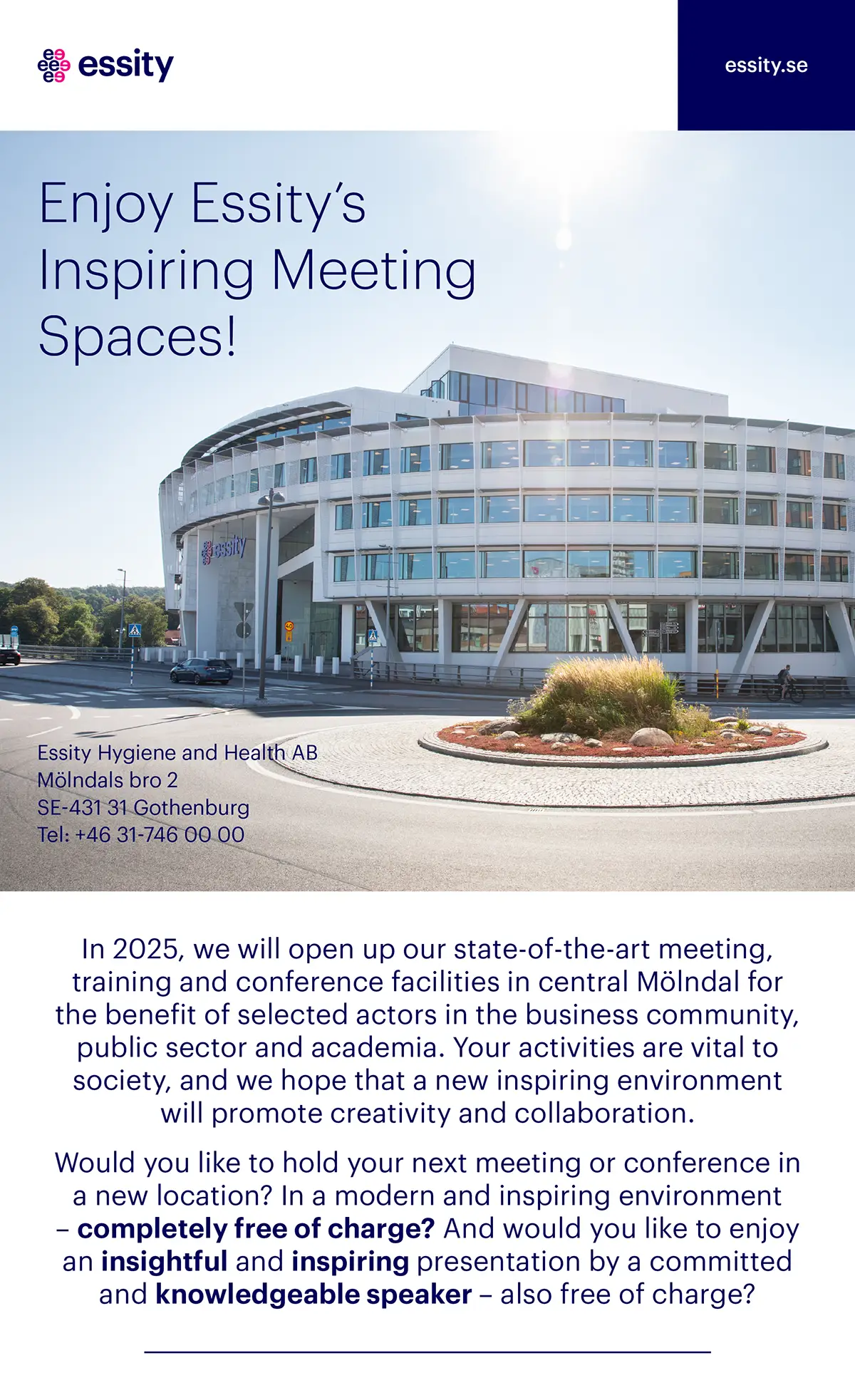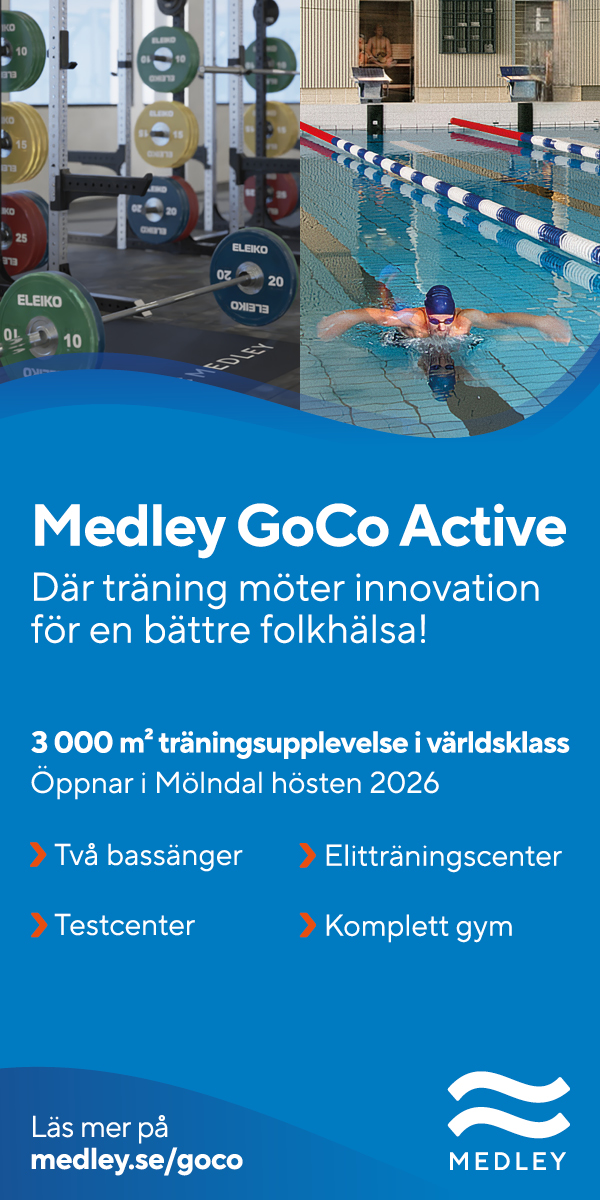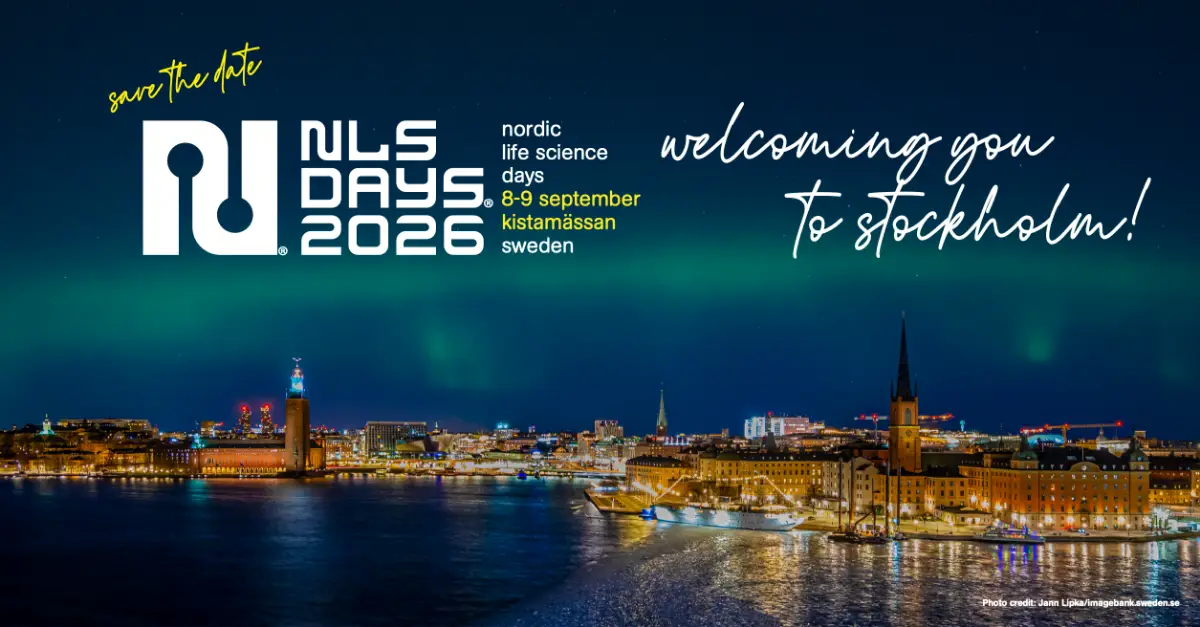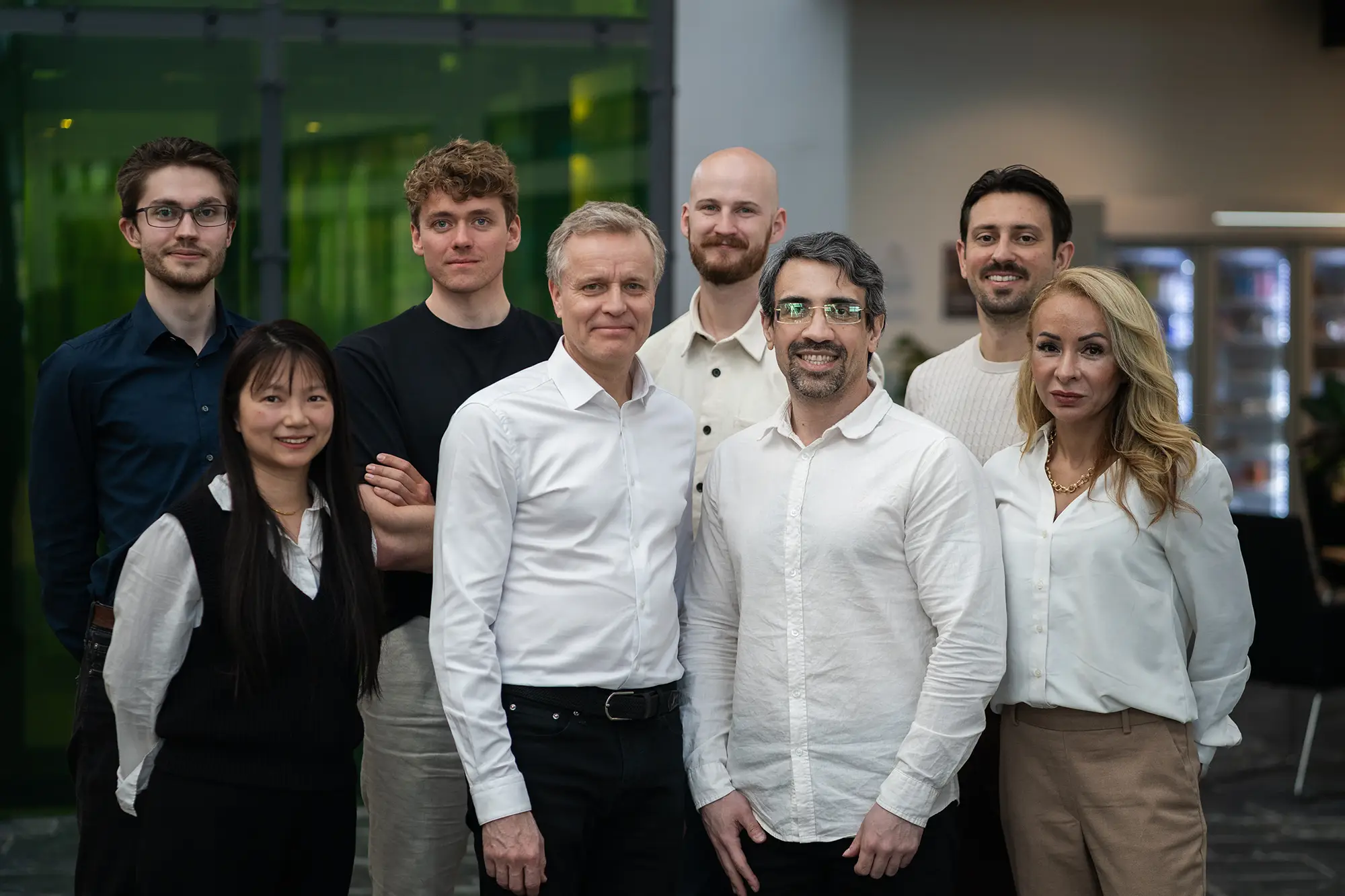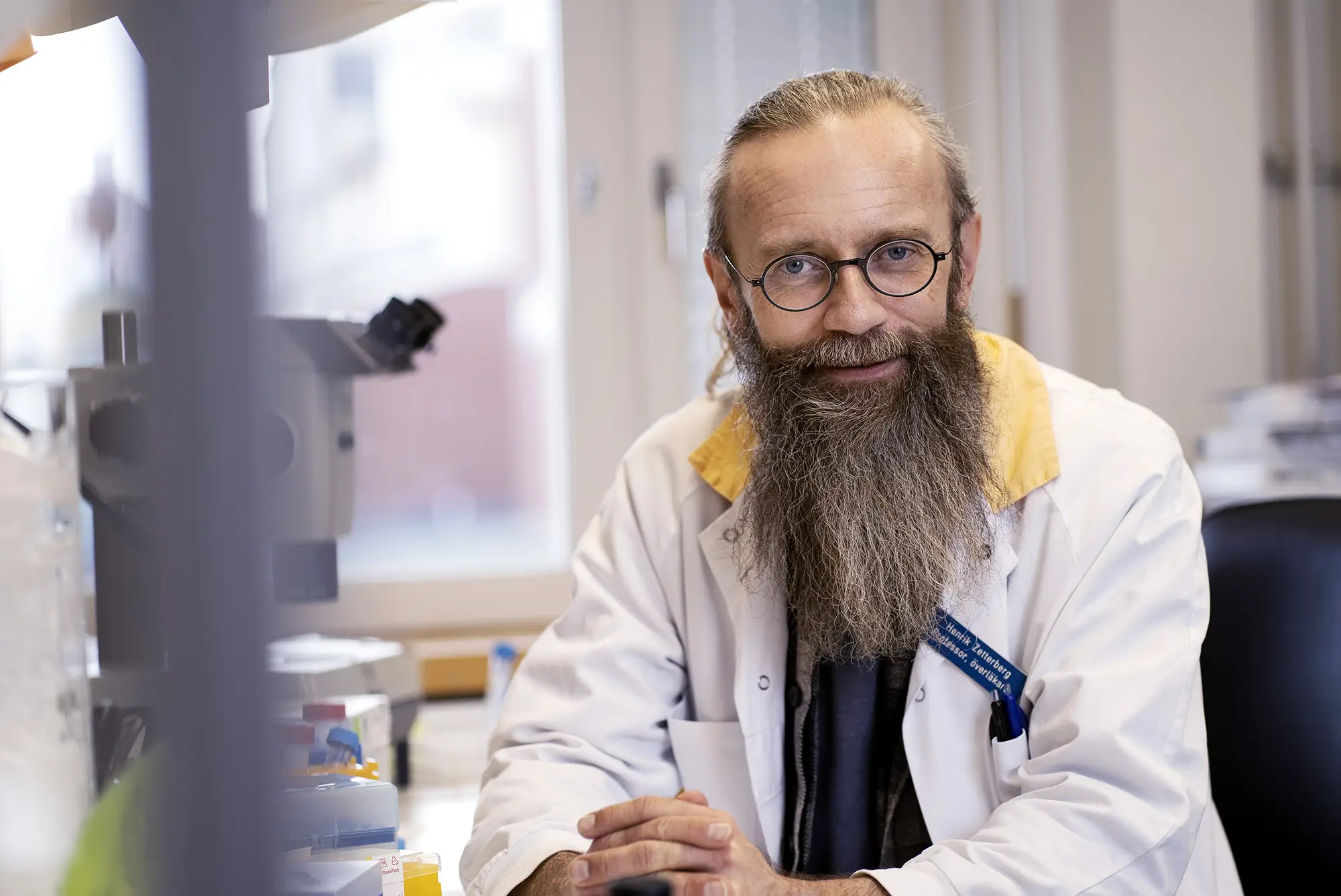Improving well-being for people through all stages of life
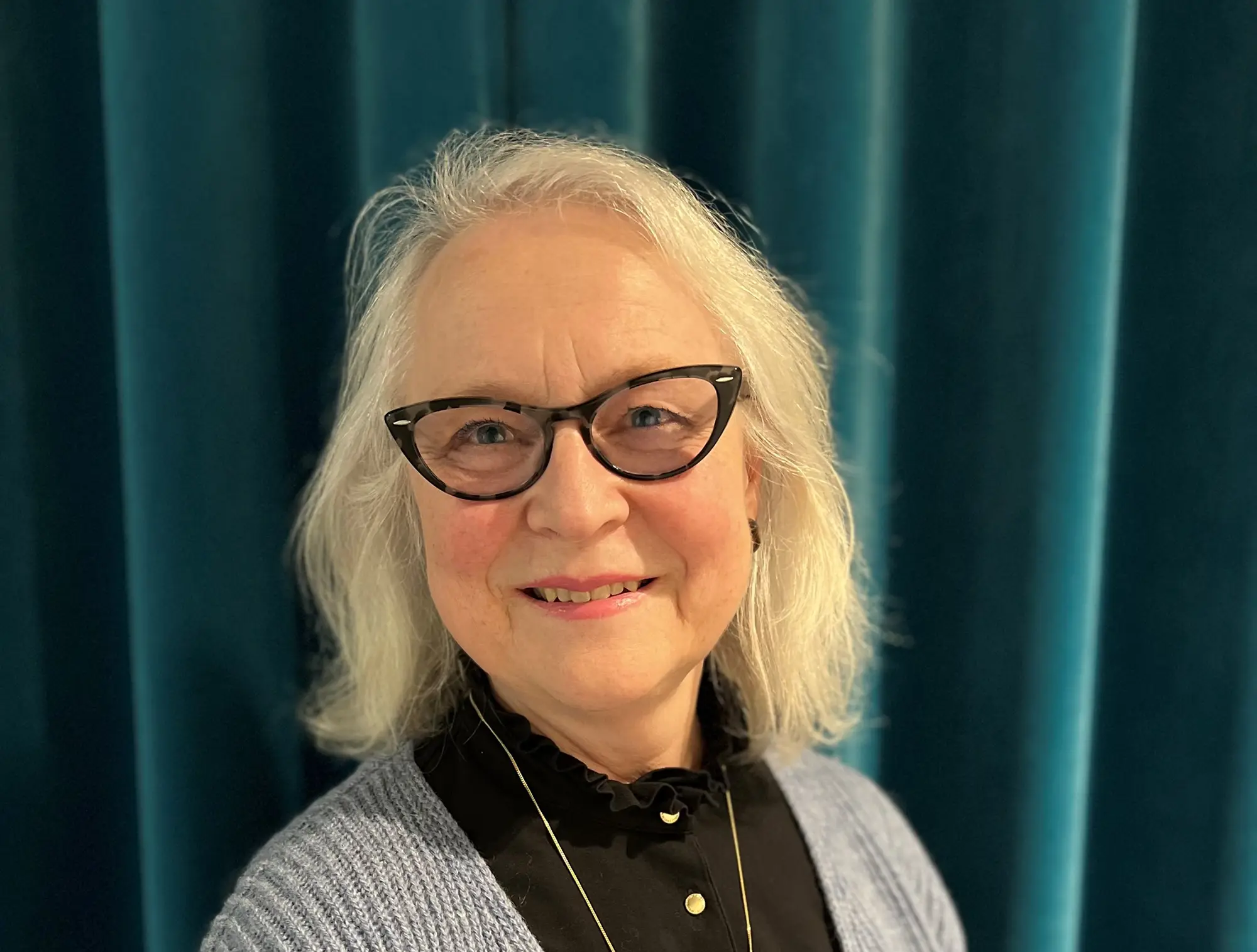
Essity is a global hygiene and health company headquartered in Sweden, with leading brands that make a difference in people’s everyday lives across 150 countries. The products are the result of deep knowledge and collaboration among employees, including Charlotta Hanson, whose expertise in porous materials and fluid handling has played a key role in the development of absorbent products. Essitys portfolio includes many products that rely on good absorption such as TENA incontinence protection, Tork hygiene solutions, Leukoplast wound care, Libero baby diapers, and Libresse menstrual products.
In the summer of 2025, Essity recognised Charlotta’s contributions by appointing her Fellow Scientist—the highest scientific title within the company.
“When I joined Essity, I had no idea that a hygiene product for urine absorption or a wound care solution could be so complex, and at the same time so fascinating and challenging to work with. It means a lot to me that we develop products that are important and valuable to so many people. Being part of work that breaks barriers to well-being and creates societal value is both meaningful and stimulating,” says Charlotta Hanson, Fellow Scientist Fluid Handling at Essity.
“The appointment is a recognition of my contributions and expertise, and it also comes with expanded strategic responsibilities in my role.”
From academia to industry
Charlotta began her career as a PhD student in chemical engineering at Chalmers University of Technology, researching lime mud reburning in one of the recovery processes of the sulphate pulp mill.
“That’s where I built my knowledge of porous structures, which I’ve been able to apply at Essity—even though the fields are very different. I’ve always found it fascinating how physical phenomena that govern fluid flow in hygiene products also appear in other parts of society and nature.”
Today, models for simulation of fluid flow in porous media are developed within academia in collaboration with Essity and other companies across industries. By identifying shared needs and relevant scientific questions, research can generate value across multiple sectors. These models become broadly applicable and beneficial to industry.
Collaboration with academia
After earning her PhD, Charlotta joined Essity in 1994, initially working in process development focused on porous structures, later transitioning to product and material development with a focus on fluid absorption.
“We work in many ways—experimentally and theoretically. I focus heavily on modelling and simulation to understand and translate physical phenomena into equations we can apply in our modelling tools.”
“The opportunity to grow and deepen my expertise, and to develop science-based innovations that improve people’s lives, has been a driving force over the years. At Essity, I’ve also been able to maintain a connection with academia, which has been very valuable to me,” says Charlotta, who has been Adjunct Professor at Chalmers since 2018.
Essity collaborates with universities and research institutions globally, including Chalmers University of Technology.
“Our partnership with Chalmers spans several departments, such as Chemistry and Chemical Engineering, Mathematical Sciences, and Physics. Thanks to the models and tools we’ve developed together, we can work even more virtually and study materials that don’t yet exist physically.”
As Adjunct Professor in “Porous Structures Engineering: Properties and Processes,” Charlotta spends 20% of her time at Chalmers, participating in teaching and research projects. She emphasises the importance of attracting more students to process engineering.
“We need more engineers, skilled and with innovative minds—not only to develop new materials and chemical components, but also to understand how they can be realised in resource-efficient industrial processes. When using novel biomaterials, for example, we should avoid adding more energy in manufacturing. In my role at Chalmers, I can connect academia and industry and help inspire more students to pursue careers in sustainable material development including process engineering.”
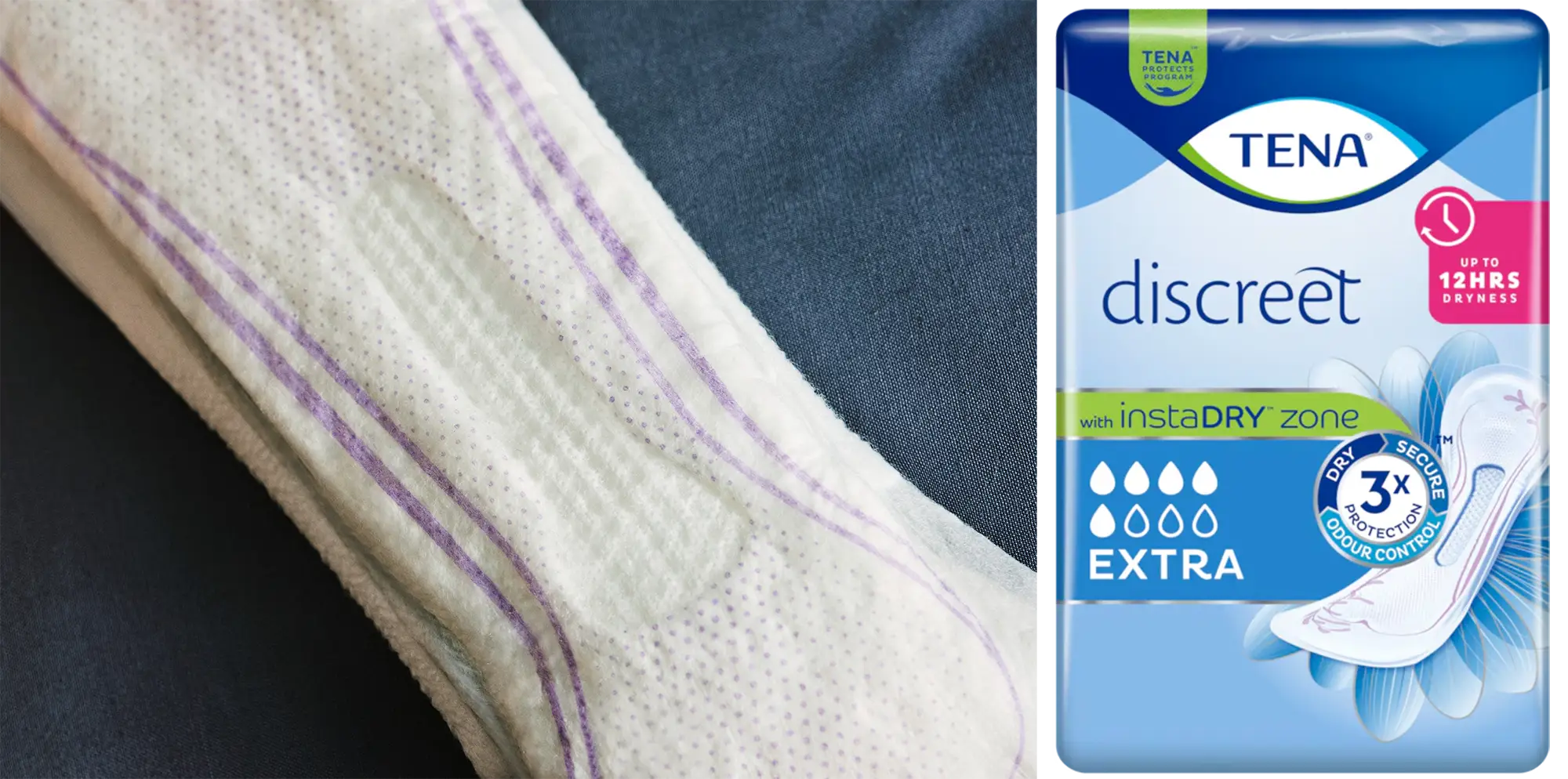
A successful process
Charlotta highlights the development of the TENA product with the InstaDry™ technology enabling rapid absorption as a strong example of how Essity solves real user problems through collaboration and modelling.
“With our models and strong teamwork, Essity developed a solution that was new and unique, perceived as significantly better by users, and had a much lower climate footprint. It was a highly rewarding process to support and follow.”
Looking ahead
According to Charlotta, the future of body-close product development lies in continuing to combine process engineering, product development, and material structure innovation to create resource-efficient porous and polymeric materials.
“Transitioning to a circular society—where we minimise resource use and maximise reuse—is a challenge for all industries. At Essity, sustainability is embedded in our purpose and business strategy. Through innovation, responsibility, and collaboration, we are driving progress toward net-zero emissions and a more sustainable future.”







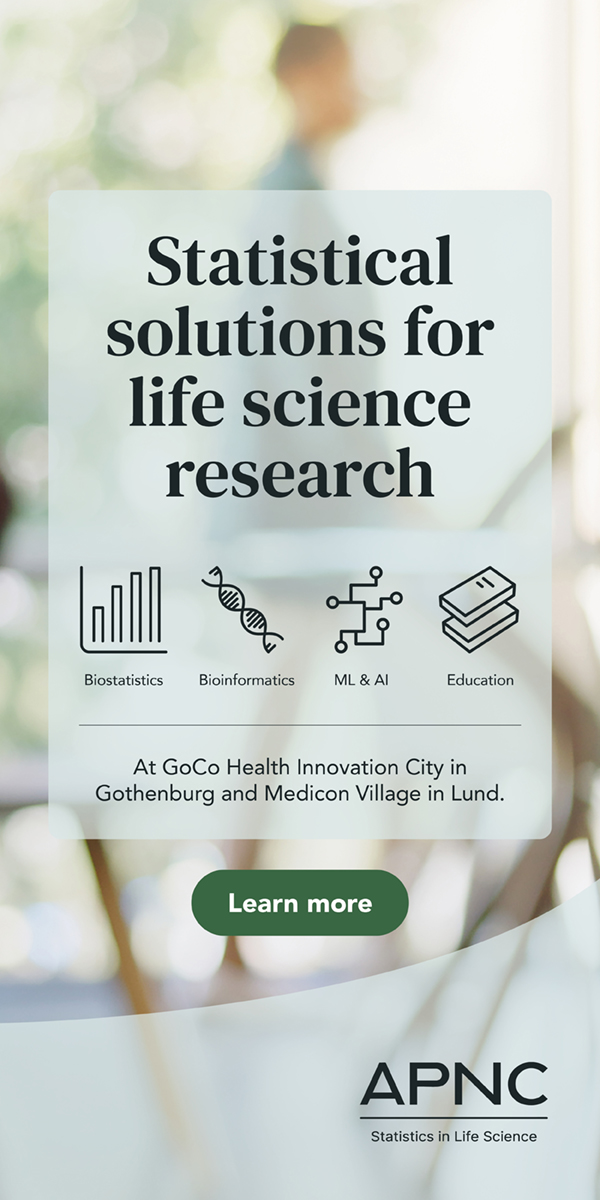

-1%20kopiera.webp)


